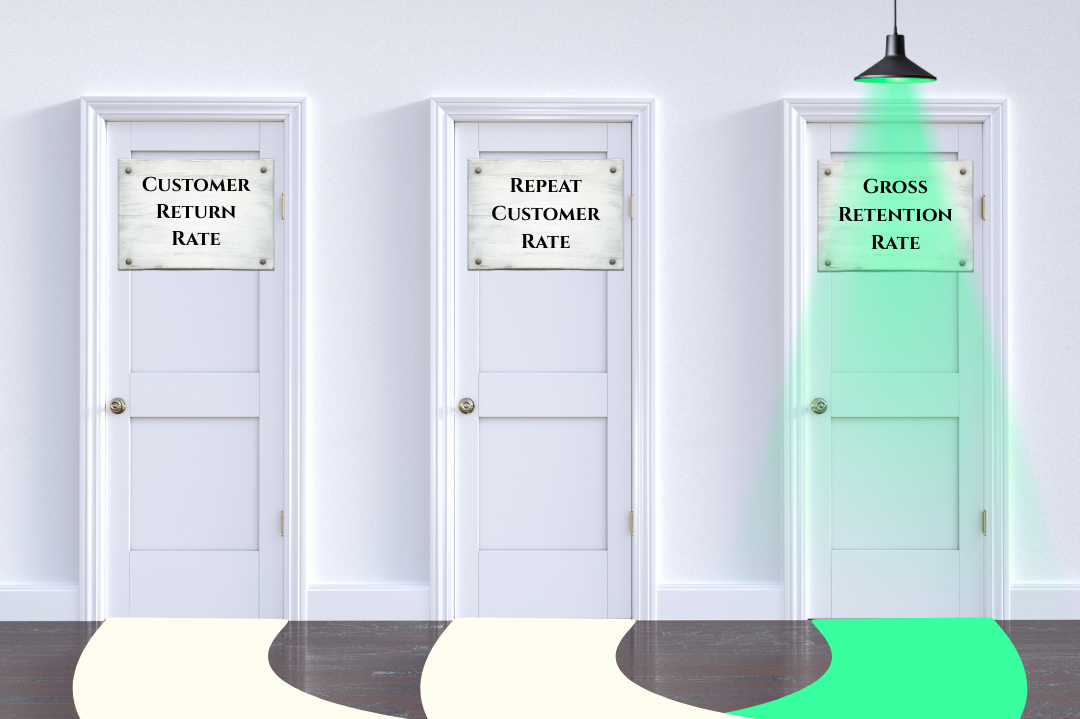August 21, 2024

A key element missing from traditional customer engagement approaches is consideration of post-transaction customer touchpoints and the impact they have on moving customers through the lifecycle stages. By enabling a fluid customer experience and identifying opportunities to communicate with customers anywhere in their journey, organizations can better understand customer preferences and needs.
While batch emails can drive traffic when customer data is limited, they aren't primary revenue generators and shouldn't be treated as such. Post-transaction communication tactics often miss the mark by focusing solely on pushing for another purchase, rather than truly engaging the customer. E-commerce and retention marketers might overlook less direct strategies due to their seemingly limited impact on overall revenue. However, incremental revenue from meaningful engagement activities can deliver disproportionately high value compared to methods that rely on a much broader reach.
Predicting customer behavior is most accurate for an organization's best and worst-performing customers, as customer data platforms typically incorporate transaction records but lack behavioral event data from real-time interactions and inventory changes. Transactions facilitate structured data analysis, while engagement occurs through unstructured channels not captured uniformly across platforms.
Research shows customers who make their second purchase have a 95% higher likelihood of a third purchase.
Various indicators can help identify a customer's propensity to further engage, such as site activity, email click-through rates, and the number of channels through which they have interacted with a brand. However, to truly enable personalized outreach, these metrics must be tied directly to individual customer profiles and incentivize similar future behaviors.
Understanding existing customers' revenue potential allows projecting new customer acquisition needs. Comparing new customers' purchasing behaviors and costs to acquire against their retention rates provides a clearer picture of an organization's customer portfolio value through a "customer health score" approach.
Today's challenging environment necessitates proactive growth planning with customers as top strategic assets. Lifecycle management empowers marketing to consider customers holistically across all touchpoints. By addressing individuals appropriately across the funnel based on their unique stage, organizations can more efficiently move prospects to loyal patrons through relevant personalized messaging at scale. This approach maximizes the number receiving impactful communications while directly linking activities to financial outcomes and cultivating sustainable growth.


.png)


